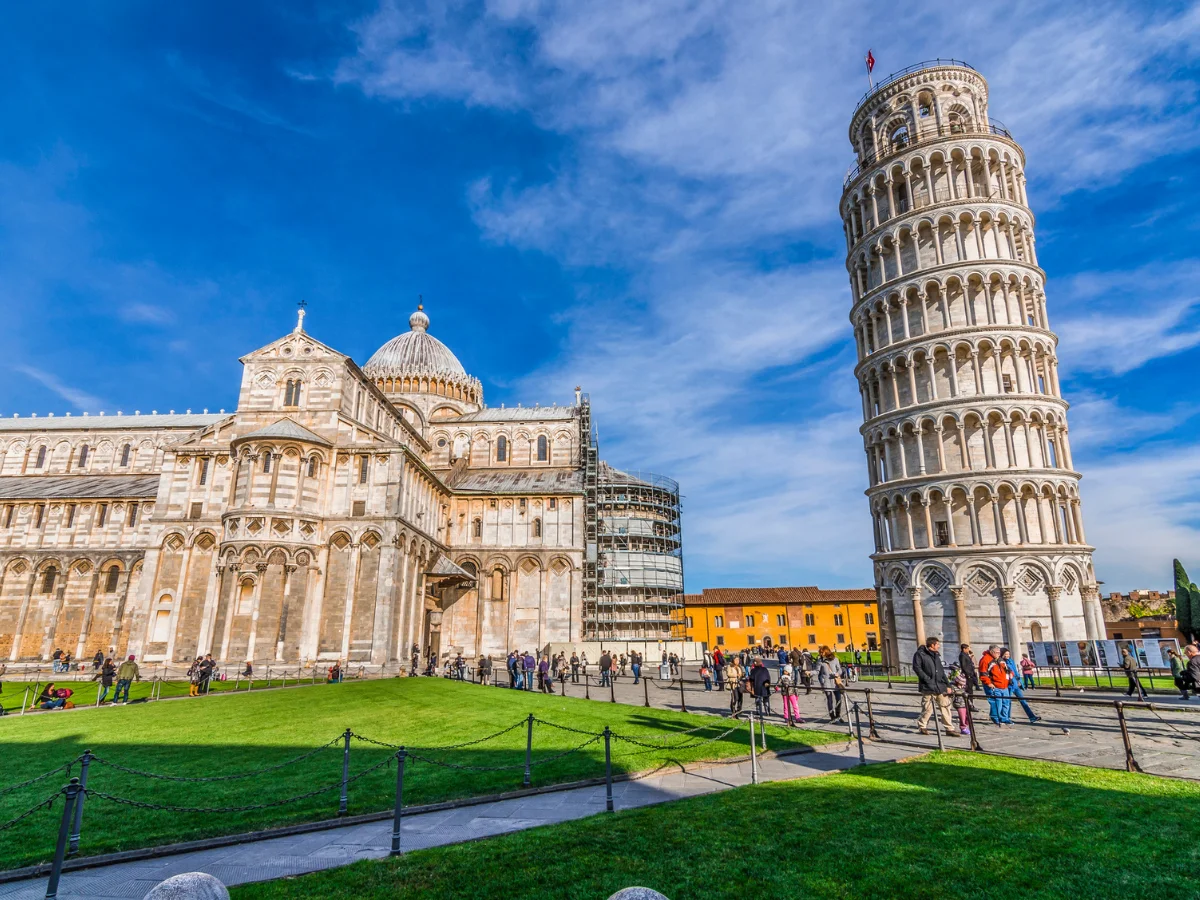Ancient Rome boasted a cadre of influential mathematicians
Ancient Rome boasted a cadre of influential mathematicians who left indelible marks on the field. Diophantus of Alexandria revolutionized algebra with his seminal work “Arithmetica.” Ptolemy’s “Almagest” propelled astronomy and trigonometry forward. Hero of Alexandria’s inventions, including the aeolipile, showcased his mathematical prowess. Nicomachus of Gerasa’s “Introduction to Arithmetic” became a cornerstone in mathematical education. Columella’s integration of mathematics into agriculture underscored its practical applications.

The Roman Senate featured diverse positions
Famous Mathematicians in Ancient Rome
Ancient Rome was not only a powerhouse of military conquests and governance but also a hub of intellectual pursuits, including mathematics. Here are some of the famous mathematicians who made significant contributions during this era:
Diophantus of Alexandria (3rd century AD)
Diophantus, hailing from Alexandria, Egypt, was a pioneering figure in algebra. His work “Arithmetica” laid the groundwork for symbolic algebra and provided methods for solving equations.
Ptolemy (100-170 AD)
Ptolemy, known for his “Almagest,” was a polymath whose contributions spanned astronomy, geography, and mathematics. In mathematics, he advanced trigonometry and developed mathematical models to predict celestial movements.
Hero of Alexandria (10-70 AD)
Hero, an inventor and mathematician, contributed significantly to mechanics and mathematics. His works included studies on geometry, such as the calculation of areas and volumes, and the development of the first known steam engine, called the aeolipile.
Nicomachus of Gerasa (c. 60-120 AD)
Nicomachus was an influential mathematician known for his work in number theory and arithmetic. His treatise “Introduction to Arithmetic” served as a standard textbook for centuries and covered topics such as perfect numbers, prime numbers, and musical proportions.
Columella (4-70 AD)
Columella, though primarily known as an agricultural writer, also contributed to mathematics. In his work “De Re Rustica,” he included mathematical calculations related to land measurement and agricultural practices, showcasing the practical application of mathematics in everyday life.
Censorinus (3rd century AD)
Censorinus, a Roman grammarian and writer, delved into the mathematical aspects of timekeeping and calendrical systems. His work “De Die Natali” discussed various calendrical calculations and reflected the Roman interest in understanding and measuring time accurately.
Macrobius (5th century AD)
Macrobius, a late Roman writer and philosopher, touched upon various intellectual subjects in his work “Saturnalia.” Among these topics were discussions on mathematics, indicating the continued interest in mathematical thought even in the later years of the Roman Empire.
Boethius (480-524 AD)
Boethius, a philosopher and statesman, played a crucial role in preserving and transmitting mathematical knowledge from the ancient world to the Middle Ages. His translations and commentaries on Greek mathematical works ensured the continuity of mathematical thought during a time of cultural transition.
These mathematicians from Ancient Rome, spanning different regions and time periods, collectively contributed to the advancement of mathematical knowledge and its applications. Their works not only laid the foundation for future developments in mathematics but also reflected the intellectual vibrancy of the Roman world.



